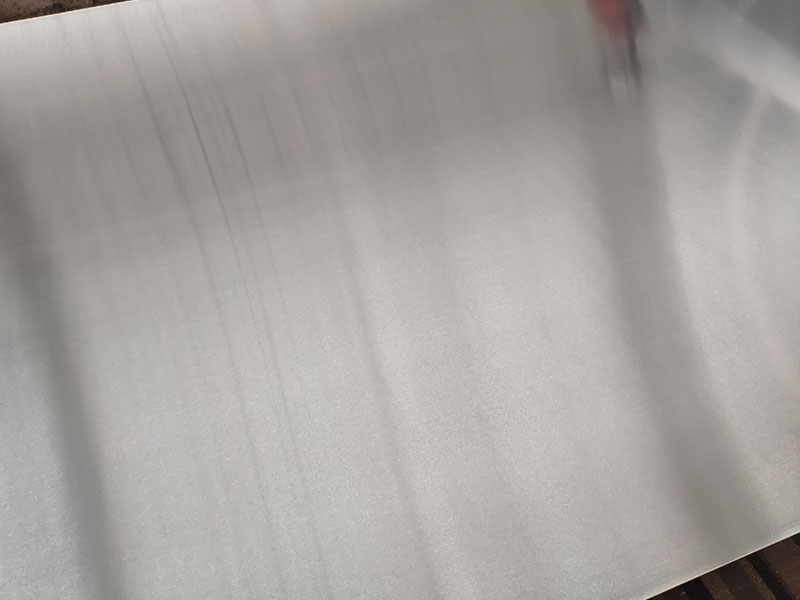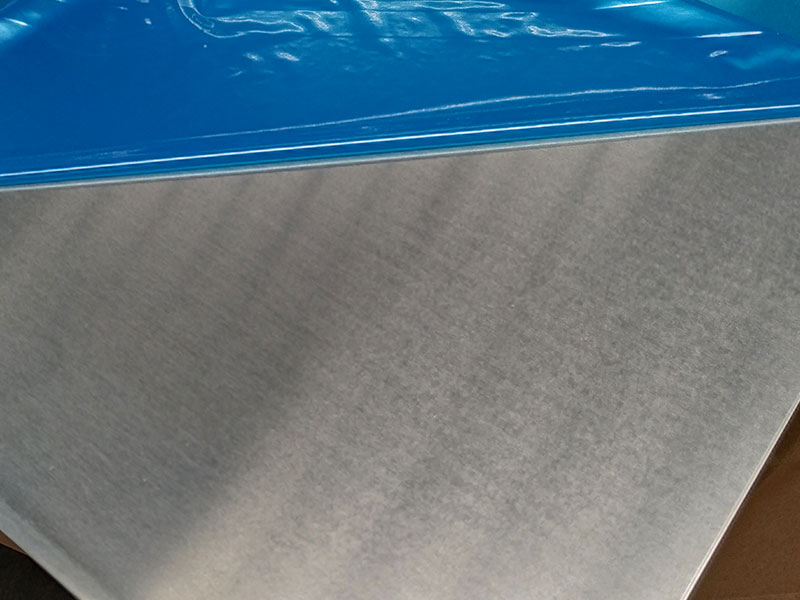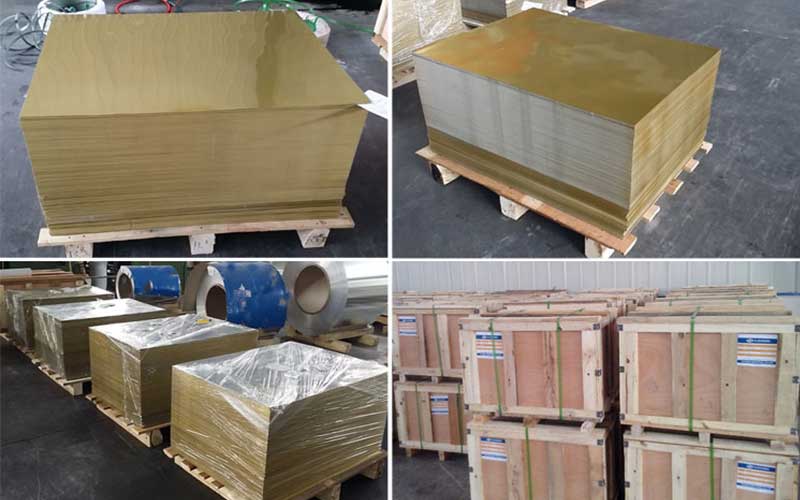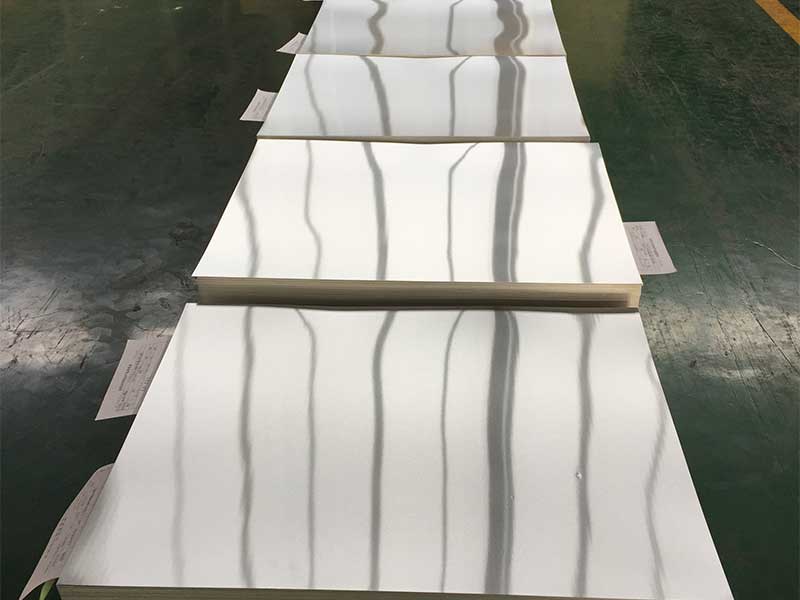7075 aluminum plate thickness
When people talk about 7075 aluminum plates, it’s usually with a bit of awe — and for good reason. This is a material beast, famous for packing one of the highest strength-to-weight ratios in the aluminum family. Whether it’s aerospace, automotive, or even high-end sporting gear, 7075 aluminum tends to be the quiet hero that keeps things tough and light on their feet.
But here’s the thing: beyond all that technical pomp about alloys, heat treatments, and mechanical strengths, the thickness of a 7075 aluminum plate silently but fabulously stages the real performance show. Sounds mundane? Stick with me for a second — thickness really does have a story more important than just being some gauge number on the spec sheet.
What Thickness Brings to The Table
Think of the 7075 aluminum plate’s thickness kind of like the costume in a play. The character (strength, toughness, corrosion resistance) is mostly defined by the alloy composition— especially 7075 with its big zinc content and that solid T6 temper treatment. But the thickness? That’s the physical presence on stage. A thick plate projects more confidence (rigidity, load-bearing) while slimmer sheets keep things nimble (ease of shaping, minimizing weight). Functionally, it changes the entire dynamic of how 7075 is leveraged.
For instance, a 7075 plate at 1/4 inch can be surprisingly light yet strong enough to frame or reinforce structures without adding unnecessary bulk for race cars or drones that thrive on ultra-lightweight mastery. Thicker plates, say at or above 1 inch, really shine where durability to heavy shear, bending moments, or impact impulses comes into play — think heavy machinery parts, aerospace structural components, military-grade armor plating.
Diving Into The Numbers: Thickness and Strength Details
7075 aluminum starts off with a naturally stout tensile strength—rollers up north of 500 MPa when tempered (T6 temper is a go-to here.) But adding thickness amplifies some stress distribution mechanics. A thousand-pound impact will do different things to a 1/8 inch sheet than to a 2-inch block in terms of deformation or fatigue resistance.
When engineers select a 7075 plate, they weigh how shear force, bending resistance, and even subtle factors like stress corrosion cracking play off thickness. Generally speaking:
- Thinner thicknesses (under 0.25 inch): Easier to machine, faster to form, often chosen for aeronautics skins and precision components.
- Medium thicknesses (0.25" - 1.00 inch): Sweet spot for gearboxes, chassis parts, sporting equipment like high-performance bicycle frames — balancing streamline designs with robustness.
- Thicker slabs (1” or above): Primarily structure core use where you demand brute strength and kinetic ABSORBABILITY like in aircraft bulkheads or military hardware.
Thickness Rules Tailor Production Choices
Plate thickness isn’t just cut and dry for the user — it impacts costs, production methods, and even post-processing. Rolling extremely thick 7075 plates is trickier and demands extensive heat treatments just to maintain mechanical integrity without race conditions of internal stresses manifesting as warping or cracks.
On the flip side, extremely thin 7075 sheets force teams to be precise with handling—too little thickness and you flirt with bending unintended calls or susceptibility to environmental attack. The nice thing about 7075’s chemistry is that even whittled-down thicknesses enjoy outstanding fatigue resistance thanks to its grain refinements and the magic of T6 tempering.
Real-World Fun: Thickness and Function in Action
You see 7075 plates in phones’ internal frames giving sleek rigidity, in bike parts where skinny and strong dictates speed, and where thin 7075 panels provide armor to hardware chips inside rockets. It’s a product prime for anyone who needs ultralight strength in finely tuned, carefully measured packages. Playing with thickness tweaks essentially the engineering dance—deciding how light, strong, or shock ready something needs to be.
The Bottom Line: Thickness is Not Just a Number Here
Reading about a 7075 aluminum plate's thickness isn’t about miles behind sophisticated terminology — it monwrenches very tangible performance. Pair high-grade stuff with the 3D reality of thickness: that’s where the quiet genius of this strong alum material shines most. If strength, weight, resilience, and precision hit your checklist, don't just peek at its alloy code. Prompt yourself to pause for the plate thickness—it might be the subtle margin between engineering triumph or frustration.
So next time 7075 aluminum plates pop up as solutions: appreciate the thickness whispering its crucial hint in the shadow—but championing all the robust presence and flexibility the metals science community favorites are so well known for.
Remember: Whether it’s the coy thinness for agility or chunky ruggedness for survive-anything durability—7075 aluminum plate thickness is where function truly meets practical magic.
https://www.aluminumplate.net/a/7075-aluminum-plate-thickness.html







